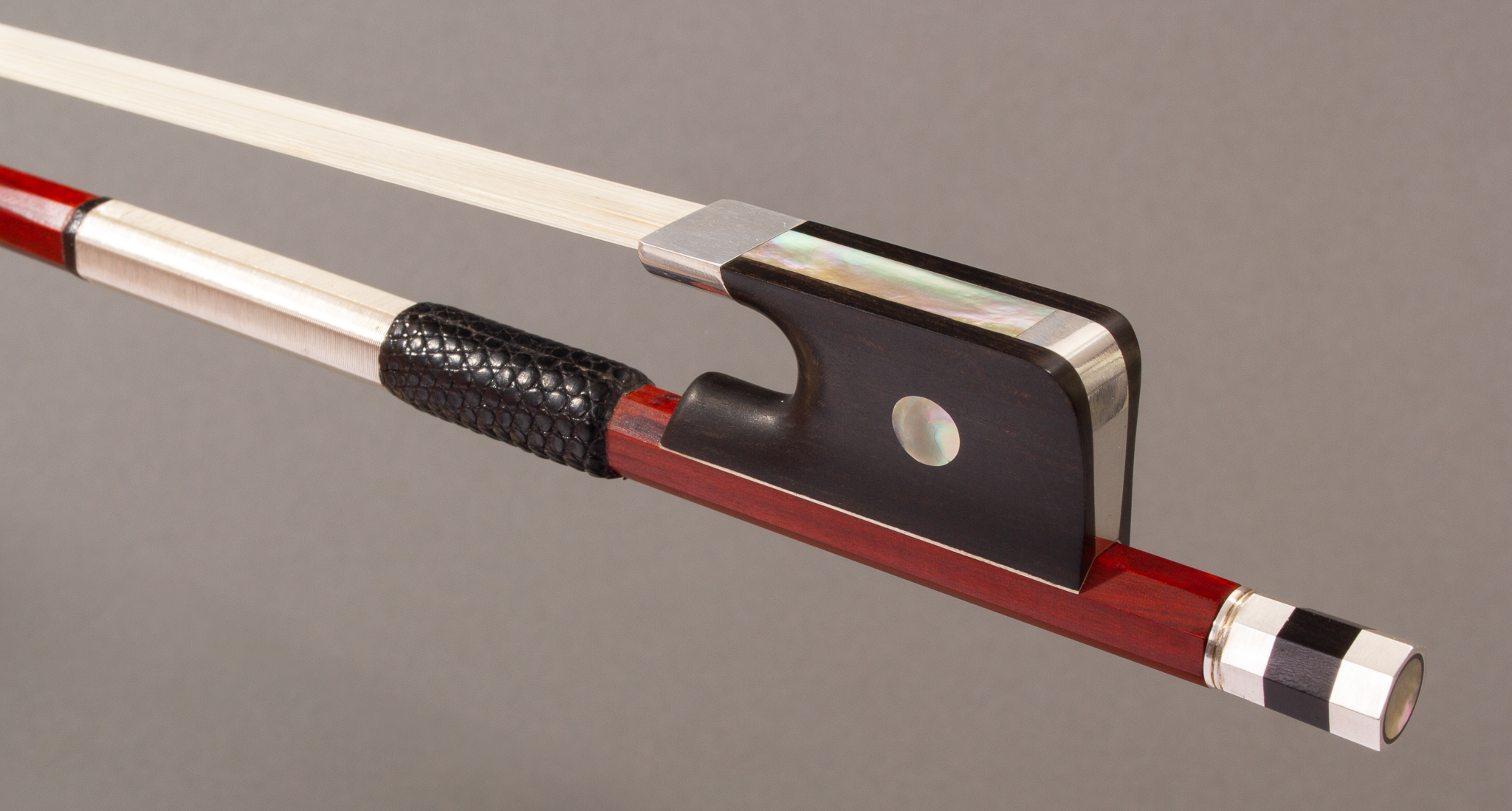
The Cost of a Cello Bow – How much should you spend?
How Much Should I Spend on My Cello Bow? You put a lot of care and thought into choosing your cello; your bow deserves the
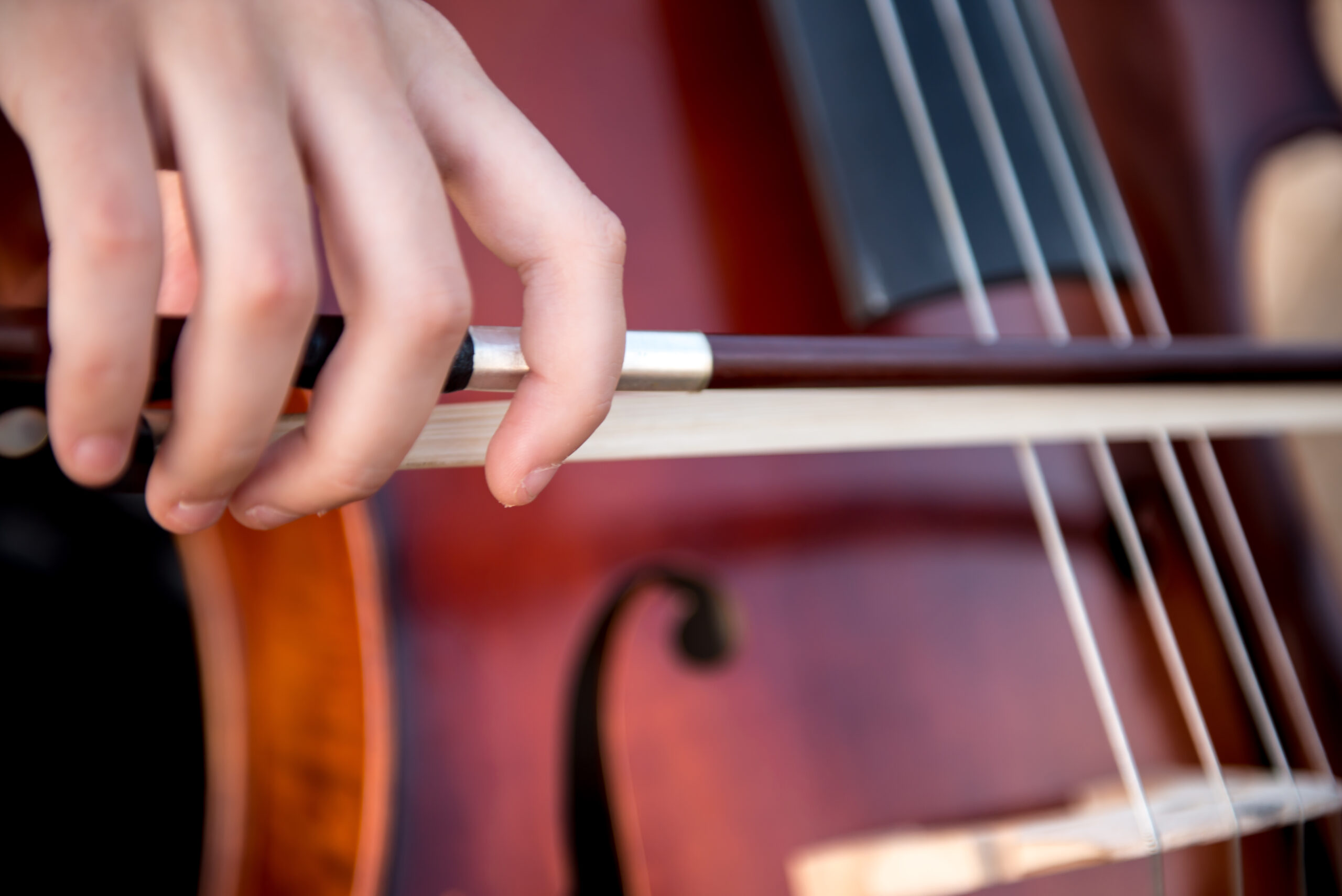
For cellists, a fine bow is often as important as their cello. Although it is the cello that makes the sound, it is the bow that allows a performer to add nuance and color through the intimate connection between the musician the bow and the cello.
Weight, balance, flexibility, and strength all factor into the very personal decision on which bow matches your cello and your playing style. With that in mind, in this post, we are going to reveal some important attributes to consider when you are looking at cello bows for sale.
Setting aside the price, there are four key characteristics of a cello bow that need to be taken into account when shopping for a worthy candidate. Keep these in mind as you begin your search.
– The balance of the bow should be your first consideration. If the balance point is closer to the frog, the bow may feel lighter, yet you’ll have to work harder to produce substantial volume or tone. Conversely, if the balance point is too close to the tip, the bow can feel too heavy and can even result in arm and wrist fatigue.
– If you choose a bow that is very stiff, you may find that the response is fast, but the bow may only produce a surface sound, limiting your ability to access the breadth of tone your cello has to offer.
– A bow that is flexible and soft can help you create rich tones, but it can often come at the expense of quick response. With the bow tightened a normal amount the stick of the bow should not touch the strings while playing moderately loud.
– Most cello bows on the market today weigh between 78 – 82 grams. Heavier bows need to be perfectly balanced or they can feel clunky and tiring to play. Lighter bows may work well for cellists who enjoy the ease of control. However, it takes a bow stick with perfect strength vs. flexibility for the lighter bow to perform well. As you can see, one has to weigh the relative advantages of heavier vs. lighter bows to determine what’s going to offer the best fit.
Bow maker François Xavier Tourte (1747 –1835) discovered and subsequently utilized pernambuco for his bows in the 18th century. Pernambuco is the center (heartwood) of the pau brasil tree, which grows on the Atlantic Coast of Brazil. It provides a very strong yet flexible stick that is unrivaled as the wood of choice for all great bow makers. Read our in depth article about the pernambuco wood used to make bows here.
Often used for less expensive cello bows, brazilwood can be a good choice for a beginner. Brazilwood comes from the outer sapwood portion of the pau brasil tree. Not as dense or strong as pernambuco, brazilwood bows tend to be a bit too flexible and slow to respond. Fractional bows of this wood work fine since they are shorter and don’t require the same strength. A number of other hardwoods from Brazil used to make cheaper bows are often erroneously referred to as brazilwood.
Carbon fiber is a material that has been used in bow making for over 20 years as an alternative to wood. A number of fine-quality carbon fiber cello bows are available from firms such as Coda Bows, Jon Paul Bows and Arcus. Carbon fiber cello bow makers aim to achieve the same weight, balance and stiffness as wood bows. This is achieved by adding different materials to the core of the bow to change the vibration speed of the stick. This is the secret sauce of the carbon fiber bow industry.
You may have noticed that there are some very inexpensive cello bows on the market made of fiberglass. While the low price of these bows can be very appealing, we would only recommend these bows if you are starting out and you’re not sure if you’re going to commit to the instrument. The playability and sound are inferior when compared with wood or carbon fiber bows.
At Dolce Violins, we suggest our customers take several bows home with them to play for a week or more and, if possible, show them to their cello teacher. While evaluating the options, we suggest that you play music that requires different playing techniques so that you can assess how each bow performs in a variety of situations.
Do you like the sound the bow pulls from your cello?
Does the weight and balance of the bow feel comfortable in your hand?
How easily does the bow bounce off the string for Spiccato and Sautille bow strokes?
When playing a long note does the bow skitter or chatter on a weak spot?
You may feel like there is a lot riding on your decision as you assess whether or not a particular cello bow can generate the sound and responsiveness you’re seeking. However, it’s important to remember that you’re not tied to any bow for life. Many reputable violin shops have a trade-in program for bows, so as your playing progresses, you always have the option of moving up to bows of higher quality.
We hope this short guide to choosing a cello bow has been helpful. If you follow all of the tips noted above, you should be able to find a cello bow that is right for you. Should you have any further queries or concerns, don’t hesitate to get in touch with us and we’ll be happy to assist you in any way we can.
Bow trial periods available – Free shipping to your door

How Much Should I Spend on My Cello Bow? You put a lot of care and thought into choosing your cello; your bow deserves the
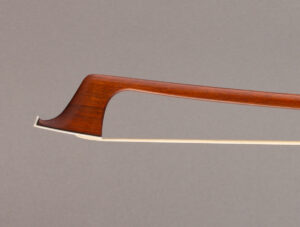
Why is Pernambuco wood the best choice for fine bows? As Vienna Philharmonic violinist Günter Seifert said, “Some people think a bow is only wood

It happened: you’ve been practicing faithfully, the squeaky sound is gone, and finally, your teacher pauses your lesson. “Your sound is coming along,” they say.
A violin string is called false when its thickness and mass are not consistent along its length. This irregularity disrupts the way the string vibrates,
The state of Minnesota has long been home to a vibrant and thriving community of luthiers—highly skilled artisans who dedicate their lives to crafting exceptional
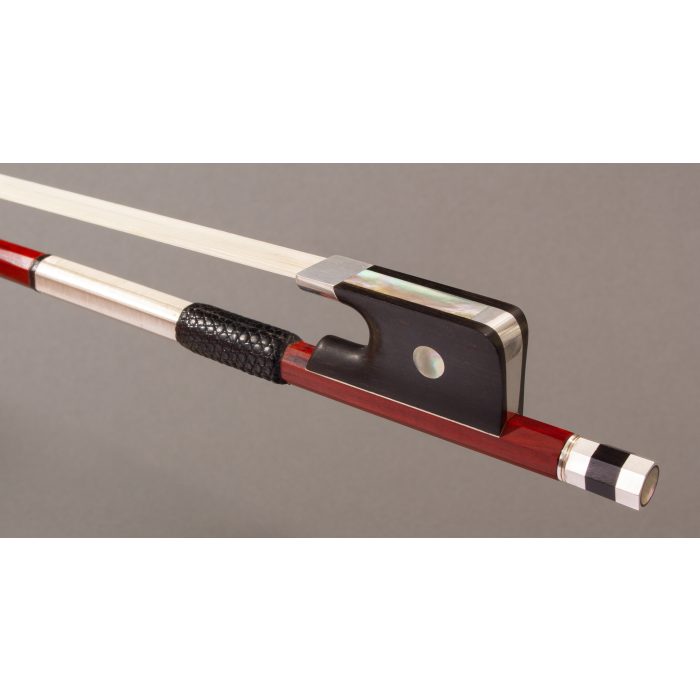
You’ve committed so much attention to the purchase of the right viola and now you have to make a decision on a suitable bow to
A violin string is called false when its thickness and mass are not consistent along its length. This irregularity disrupts the way the string vibrates,
The state of Minnesota has long been home to a vibrant and thriving community of luthiers—highly skilled artisans who dedicate their lives to crafting exceptional
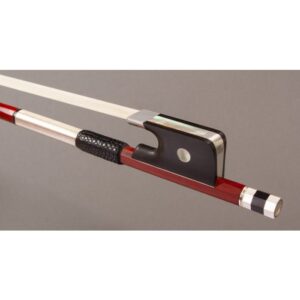
You’ve committed so much attention to the purchase of the right viola and now you have to make a decision on a suitable bow to